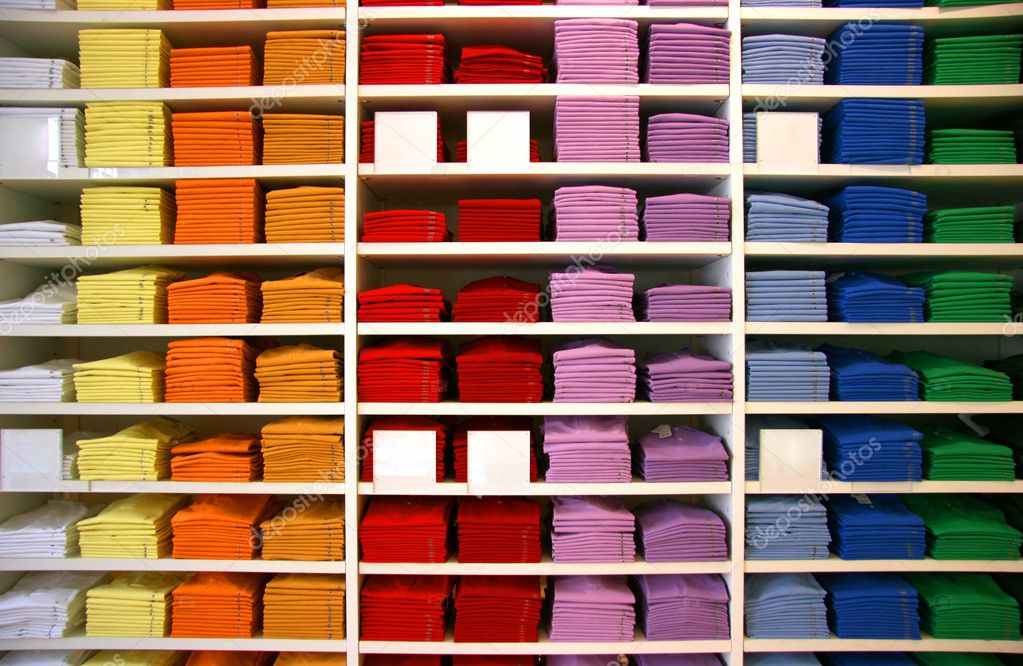This is the second time I’ve written about Colin Kaepernick.
The scenario last year really pissed me off for two reasons. First, non-political events are being dragged into the political realm like a calf to a
butcher. Sports is one of those areas, especially football. Second, because
refusing to acknowledge the anthem and to bring attention to oneself is so unfair it should be met with scorn and derision for everyone engaging
in it. What does the flag (and the anthem) have to do with your particular
political grievance?
Under this logic, any player with ANY political complaint
could sit during the anthem. Don’t like immigration? Have a seat. Income tax
too high? Too low? Protest the flag. Don’t have enough health care? Take a knee.
This is silly and gets us nowhere except at each other’s
throats because the protest is out of bounds.
I just read a story about some NYC cops who support Colin Kaepernick
and his anti-flag demonstration that caused such a fuss last year. The Giants
were thinking about bringing him into camp this year as a backup to Eli
Manning. Because of the hate mail and pressure they decided against it
ultimately. This has been the case with a few other teams, Baltimore to be
specific. I don’t want to open the Kaepernick can of worms again but the guy
plays in a league with pretty strict policies on everything from off the field
behavior to dress code. They didn’t try to stop him from ‘demonstrating’ and
sounding like an ass whenever he spoke. He got what he wanted. Now he’s ostracized
and he doesn’t like it. He is reaping the rewards of a conscious decision he
made and explained to all football fans who frankly didn’t want to hear it.
Some players are going on record saying he should be on a
team. Or that he was treated unfairly. The argument usually is the player is
being denied some ‘right’ to speak or demonstrate. Using the flag as a prop for
your personal grievance is the lowest form of dissent and he should have known
it. I can’t imagine doing that in a foreign country with genuine human or
religious rights violations. The flag IS the country, good or bad. When supporters
of Colin act surprised at the hatred from fans it proves they don’t get it. There
are so many high profile ways to bring attention to political issues. Join a
group. Start a group. Call a reporter and bloviate about the state of country.
Give money to a campaign or cause. Kneeling for the anthem or holding up a fist
is cheap and dirty.
It’s using a platform
that isn’t yours for a cause that isn’t relevant to the game.
There still seems to be some question as to why NFL football
fans write letters and react angrily to Colin Kaepernick and I think sports
media needs a lesson in why this is. I hear radio hosts comparing Kap’s ‘sins’
to ‘sins of other athletes, drug possession, spousal abuse, drinking and
driving, they like to weigh one versus the other. But not standing for the
national anthem isn’t a moral failing or poor decision at a night club like a
lot of other player misdeeds. There isn’t a scale for this kind of thing. He
made a statement on a platform that wasn’t open to him. He stormed into our
house, put his cleats on the furniture, and pissed on the floor. Then he shared
his thoughts on America as a racist country (the country he makes a lot of
money in) and why it must change. He also insisted on ‘doing his part’ by not
standing for the anthem, an unrelated act to either cops or the country’s
founding.
He is reviled, not because of his views but because he
chooses the wrong venue to share them, especially in settings where they aren’t
wanted. We’re all upset when our team’s star athlete gets caught with drugs or
pulled over for drunk driving. They’ve let everyone down including teammates
and fans, family and friends. Ultimately we forgive them when they get on track
and make it right. Kaepernick didn’t just offend our sense of liberty and
patriotism though. He didn’t tell us something awful, about the country, we
weren’t prepared to hear. He didn’t ‘expose our inner racism’ or highlight the
unfairness in the system. He didn’t bring attention to anything other than his
own fruitless crusade. He stole the attention due the
flag and all it represents—liberty, freedom, heroism for his own childish ends.
He willfully and spitefully insisted that his on-field rebellion was linked
because of cops killing blacks.
He has succeeded in one way. Other players are now sitting
during the anthem. They took the most outrageous and beside the point effort
toward attention. This is why I think they’re just malcontents. There are
countless ways to voice opposition as stated before. Platforms exist for this
type of ‘anti’ activism. When it starts bleeding into sports, a traditionally
non-political sphere, people feel cheated. They write letters demanding the
owner of their favorite team reject Colin. They call the headquarters and yell
at the phone operators, they call radio shows and voice displeasure. If left
wing activist groups behind Kaepernick thought this was a good idea they’ve
been proven wrong, very wrong.
I don’t want to boycott the NFL or turn off the games over
this non-sense but if I have to I will. This politicizing of everything needs
to stop and I don’t pretend to know where to begin. If support for Kaepernick grows
and color commentators feel the need to remark on protests, show the sitting
players, or remind the audience of the on-going debate. I’ll tune out. It’s
actually getting easier for me to turn off shows I find objectionable. It’s easier than getting angry all the time. I’ll
just deny them the one thing they crave, attention.

